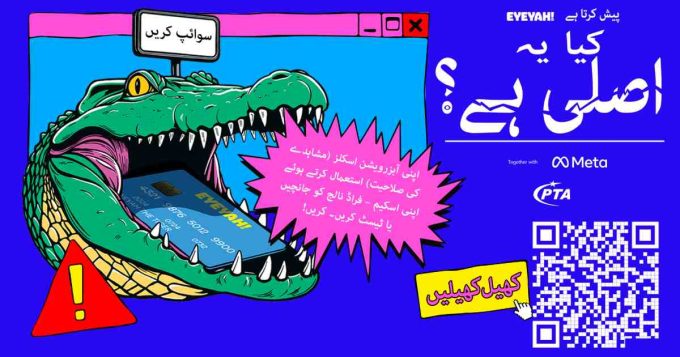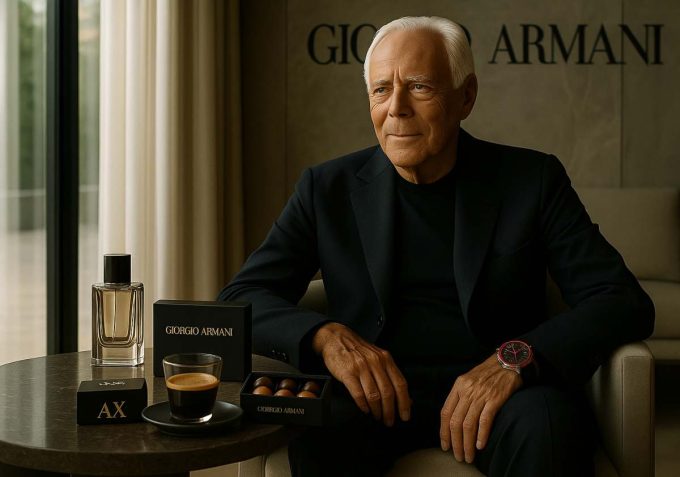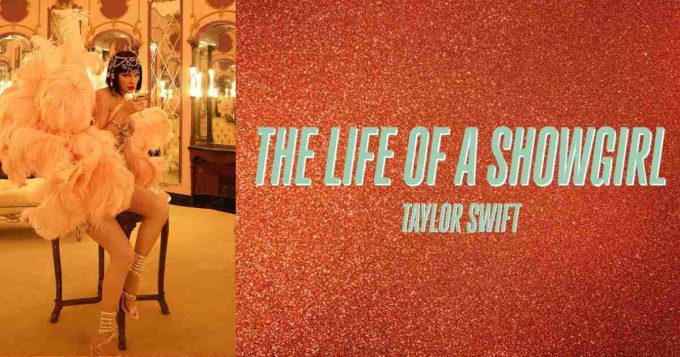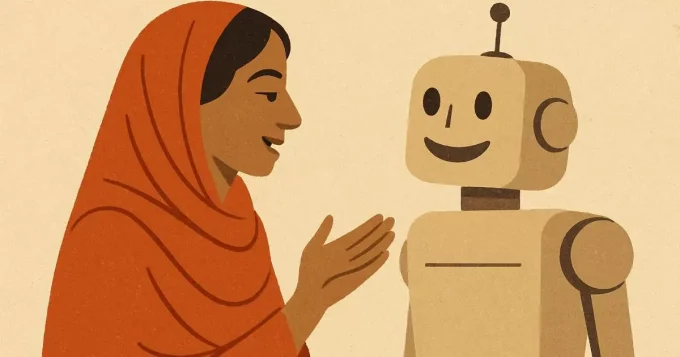Have you seen those mischievous plush toys with “ugly-cute” charm clinging to luxury handbags or peeking out of curated desk setups on your FYP? That’s Labubu – a quirky, elf-like creature, a wide-eyed gremlin with the smug aura of a limited-edition kingpin. Now one of 2025’s most talked-about collectables.
Welcome to the uncanny kingdom of Labubu – part imp, part meme, part high-stakes commodity in the booming universe of designer toys.
The Origin Myth: From Forest Freak To Cult Figure
Labubu wasn’t born in the boardrooms of Hasbro or under the branding microscope of Mattel. It was conjured from the eerie-cute imagination of Hong Kong-based artist Kasing Lung. Whose twisted characters, inspired by the Nordic folklore and fairy tales he loved as a child in the Netherlands—first gained traction through Pop Mart. The Chinese toy empire known for blind-box drops and vinyl evangelism.
With its crooked grin, wide-set eyes, and vaguely woodland-goblin silhouette, Labubu didn’t fit in. It stuck out, in a world of smooth-skinned kawaii and pastel plushies, Labubu was the black sheep with enough bite to be cool, and just enough innocence to still be collectable.
Visually, it sits at the crossroad of pop surrealism, outsider art, and the “so-ugly-it’s-cute” wave that once made UglyDolls a thing. But where UglyDolls were goofy, Labubu is intentional. It wears emotion like fashion, sometimes giddy, sometimes pissed, sometimes dressed in collabs that remix classic cinema or retro anime. Labubu isn’t just a character, it’s a moodboard.

How Labubu Broke The Internet (And Our Bank Accounts)
If Labubu is the face, Pop Mart is the empire founded in 2010 by ex-journalist-turned-mogul Wang Ning. Pop Mart cracked the code on how to make designer toys behave like sneakers and streetwear.
Imagine: 1,800 vending machines (nicknamed Roboshops) humming away in train stations, malls, and airports across Asia. Each dispensing blind boxes like little dopamine traps. The brand’s three-pronged attack, physical stores, e-commerce, and vending tech, feels less like retail and more like behavioural economics in action.
But no IP has hit harder than Kasing Lung’s Labubu, which alone helped rake in $419 million for the company’s “The Monsters” line in 2024. But what really set the fire? Scarcity marketing + influencer seeding + Gen Z social media culture.
Collectors flaunted hauls in ASMR unboxing videos, styled them on shelves like haute décor, or hunted grails in Discord groups with the fervor of crypto traders.
It echoed other collectable frenzies – Beanie Babies in the ‘90s, Funko Pops in the 2010s, but Labubu had a digital edge.
Social media algorithms elevated it from niche to status. Owning a rare Labubu became social currency. Flippers pushed prices into the $800+ zone on resale sites. Pop Mart’s stock soared. Labubu wasn’t just a toy. It was a flex.

Who Loves Labubu (and why)
Labubu’s audience is a patchwork of micro-identities:
- Gen Z aesthetes are drawn to the mix of creepy-cute and analogue charm.
- Collectors are migrating from sneakers, NFTs, or art toys.
- Flippers are treating toys like assets in a volatile hype economy.
Artists and cosplayers who remix Labubu into digital art, tattoos, and fashion edits.
What unites them? A craving for physical connection in a digital world, and an object that toes the line between nostalgia and rebellion. Labubu isn’t a sanitised childhood, it’s twisted youth. A reminder that cuteness can be a little off, and that’s the point.
Psychologically, it speaks to Gen Z’s post-ironic taste. The same way they’ll wear Crocs with Balenciaga or turn minions into social media memes, they embrace Labubu because it’s weird and real and feels like a secret code.

Culture, symbolism & the rise of “toy-flexing”
Labubu didn’t just infiltrate collectors’ shelves—it crashed the runway, slid into celebrity selfies, and climbed into the glass cases of museums. What started as a creature from the designer toy underground is now a full-fledged fashion accessory, spotted dangling from Hermès, Miu Miu, and Bottega bags like some strange badge of elite quirk.
Lisa from Blackpink gave Labubu street cred, Rihanna gave it global cool, and the rest of us just tried to keep up. The crossovers came fast: Uniqlo, Coca-Cola, capsule drops with luxury houses, each one blurring the line between collectable and commodity. Even art institutions took note, folding Labubu into exhibits on new-age pop surrealism, where it sat comfortably beside Warhol prints and Takashi Murakami pillows.
Labubu became shorthand for a kind of aesthetic insider status.
But it also built a community. Instagram pages dedicated to Labubu trades. TikTokers creating Labubu lore. Reddit threads for decoding future drops. It revived nostalgic play culture through a new lens, where your toy shelf was your résumé, your grail was your personality, and your feed was your showcase.
There’s also symbolism at play: Labubu is messy. Emotive. Unpolished. It reflects the chaotic emotional texture of young adulthood in the algorithmic age. It says: You don’t have to be perfect. You just have to be rare.

The Unravelling: Future Of Labubu, Signs Of Crash In The Cute Economy
Pop Mart isn’t just riding the Labubu wave; it’s building an empire around it. A 156-episode anime set to drop in mid-2025 aims to turn Labubu from a plush toy into a full-fledged narrative icon.
With Google favouring multimedia ecosystems, Pop Mart is leaning hard into immersive retail-themed stores, gamified vending machines, global expansion designed to keep fans engaged across screens and spaces. But as every hype cycle proves, ubiquity can kill the vibe. To avoid Labubu becoming the next Stanley cup – hot one day, resale bin the next, Pop Mart will need to walk a tightrope between scarcity and saturation.
Labubu, once the golden child of viral collectables, may be edging toward cultural burnout or, more generously, settling into legacy.

Critical Take: What Labubu Really Teaches Us
Labubu is a case study in modern value illusion:
- Scarcity is manufactured, not organic.
- Hype is emotional manipulation dressed in community spirit.
- Objects can feel meaningful when wrapped in aesthetics, identity, and algorithms, but that doesn’t mean they hold actual value.
And yet… that doesn’t make Labubu fake. In a world of NFTs, fast content, and scrolling amnesia, Labubu gave people something to hold. To treasure. To chase.
Labubu may decline in resale price, but its cultural moment was real, and like any true icon, it held a mirror to us. It showed how we construct meaning out of plastic and pixels, how we assign status to emotion, and how nostalgia, when weaponised correctly, can become a business model.
So maybe the story of Labubu isn’t a crash. Maybe it’s a transformation.
From hype beast… to folklore.










